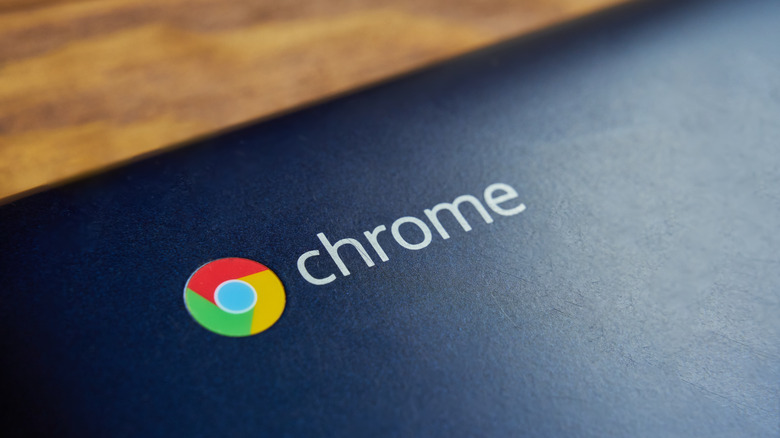The Google Chrome Feature You'll Want To Know About If Your Computer Is Lagging
You may have noticed your computer's performance starts to lag when using Chrome — or, if not, it's an issue that might come up in the future. While this isn't necessarily something to worry about, it can be irritating to deal with.
Lag is something of an inevitability when it comes to using just about any software over a long enough span of time, and web browsers like Chrome are no exception, but sometimes a simple cache clearing isn't enough. When things are noticeably chugging and the typical fixes don't seem to be working, it may be time to reset and clean up.
The reset and clean up feature (sometimes just called "Reset" or "Reset settings," depending on your operating system or version of Chrome) acts as a sort of factory reset for the browser itself — purging various settings, extensions, cookies, and other cached data that might have been causing sub-par performance. The catch is that this will purge a bunch of your settings, extensions, cookies, and other cached data — though bookmarks, accessibility settings, custom fonts, and other items will remain.
You'll have to spend some time afterwards logging back into websites and services, re-adjusting settings, extensions, and themes, and changing other defaults. It may not sound appealing to have to go back and reset a bunch of elements you previously had set up exactly the way you wanted, but it may be worth the temporary headache to smooth out your system's performance.
Resetting Chrome's settings for a fresh start
If you've decided to delete your saved settings and cookies to start fresh, here's how to go about resetting Chrome:
- Click on the three vertical dots to the far right of the address bar (or click Chrome in the top-left screen menu on Mac), then select Settings.
- Locate and select the "Reset settings" option towards the bottom of the menu on the left side of the screen.
- Select "Restore settings to their original defaults," then click on Reset settings when prompted to confirm.
Once the process is finished, you should notice an improvement in performance and a lack of lag in Google Chrome. However, if the issues persist, Chrome might be using too much memory for its regular functions — in which case you'll need to dig through more options and settings to conserve RAM and free up various unwanted processes or extensions.

